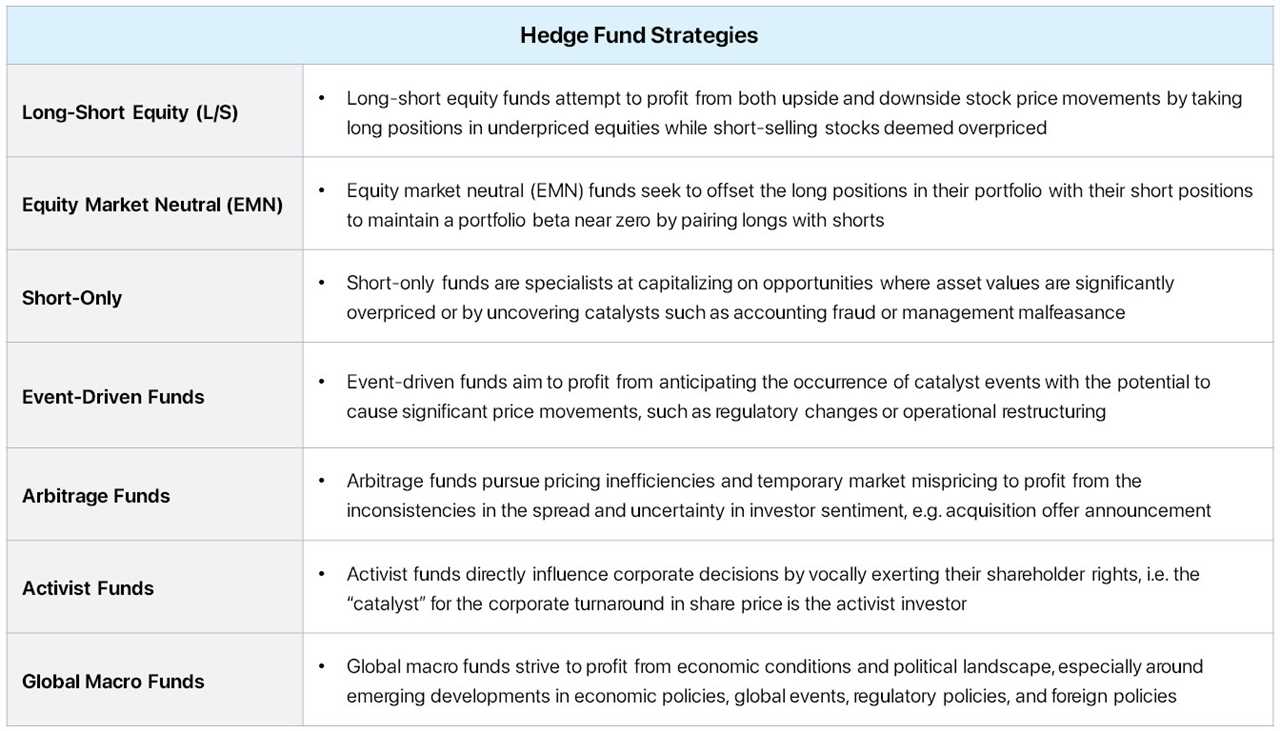Definition of Hedge Clause

A hedge clause is a legal statement or provision that is included in a contract or agreement to limit or mitigate potential risks or liabilities for one or both parties involved. It is commonly used in various industries, including finance, insurance, and real estate, to protect the interests of the parties and provide clarity on the extent of their responsibilities.
The purpose of a hedge clause is to establish the boundaries of liability and define the scope of responsibility for each party. It outlines the specific conditions under which one party may be held accountable for certain actions or events, while also identifying the circumstances under which liability may be limited or excluded altogether.
A hedge clause typically includes language that disclaims or limits liability, such as “to the extent permitted by law” or “excluding consequential damages.” This helps to protect the parties from unforeseen or uncontrollable events that may result in financial loss or legal disputes.
In addition to limiting liability, a hedge clause may also include provisions related to indemnification, dispute resolution, and governing law. These additional clauses further clarify the rights and obligations of the parties and help to ensure a fair and equitable resolution in the event of a disagreement or breach of contract.
| Key Elements of a Hedge Clause |
|---|
| 1. Liability Limitation: Clearly defines the extent of liability for each party. |
| 2. Exclusion of Certain Damages: Specifies the types of damages that are excluded from liability. |
| 3. Indemnification: Outlines the process and responsibilities for indemnifying one party against losses or damages caused by the other party. |
| 4. Dispute Resolution: Establishes the procedures for resolving disputes, such as arbitration or mediation. |
| 5. Governing Law: Specifies the jurisdiction and laws that will govern the interpretation and enforcement of the contract. |
Overall, a hedge clause is an essential component of a contract or agreement as it helps to protect the parties involved from potential risks and liabilities. It provides clarity and certainty regarding the responsibilities and limitations of each party, ensuring a fair and balanced relationship.
Function of Hedge Clause
The function of a hedge clause is to limit or mitigate the potential liability of a party in a contract or agreement. It is a legal provision that is included to protect one party from certain risks or damages that may arise from the performance of the contract.
A hedge clause typically specifies the scope and extent of the liability that is being limited or excluded. It may state that certain types of damages or losses are not recoverable, or that the liability of one party is limited to a specific amount or duration.
By including a hedge clause in a contract, the parties involved can clarify their expectations and allocate the risks associated with the agreement. It allows them to define the boundaries of their liability and protect themselves from potential financial harm.
For example, a hedge clause in a construction contract may state that the contractor is not liable for any delays or damages caused by unforeseen circumstances such as extreme weather conditions or acts of nature. This would protect the contractor from being held responsible for events that are beyond their control.
Similarly, a hedge clause in a software license agreement may limit the liability of the software provider for any defects or errors in the software. It may state that the provider is not responsible for any loss of data or damages caused by the use of the software.
Overall, the function of a hedge clause is to provide a level of protection and certainty for the parties involved in a contract. It allows them to negotiate and agree upon the terms of their liability, and minimize the potential risks and uncertainties associated with the agreement.
Structure of Hedge Clause

The structure of a hedge clause is an essential component that determines its effectiveness and legal validity. A well-structured hedge clause provides clarity and transparency to the parties involved in a contract or agreement. It outlines the limitations and exclusions of liability, helping to mitigate potential risks and disputes.
A typical hedge clause consists of several key elements:
- Introduction: The hedge clause begins with an introductory statement that clearly identifies the parties involved and the purpose of the agreement.
- Scope: This section defines the scope of the hedge clause, specifying the areas or circumstances to which it applies. It may include specific activities, events, or situations that are subject to the limitations and exclusions outlined in the clause.
- Limitations: The limitations section outlines the extent to which a party’s liability is limited. It may include monetary limits, time limits, or other restrictions on liability.
- Exclusions: This section identifies the specific types of damages or losses that are excluded from liability. It may include exclusions for certain types of negligence, intentional acts, or force majeure events.
- Severability: The severability provision ensures that if any part of the hedge clause is deemed unenforceable or invalid, the remaining provisions will still be upheld.
- Interpretation: The interpretation section clarifies how the hedge clause should be interpreted and understood. It may include definitions of key terms, rules of construction, or guidelines for resolving any ambiguities or conflicts.
- Governing Law and Jurisdiction: This section specifies the governing law and jurisdiction that will apply in case of any disputes related to the hedge clause.
It is important to note that the structure of a hedge clause may vary depending on the specific context and legal requirements. Therefore, it is crucial to consult with legal professionals to ensure that the hedge clause is properly drafted and tailored to the specific needs of the parties involved.

Emily Bibb simplifies finance through bestselling books and articles, bridging complex concepts for everyday understanding. Engaging audiences via social media, she shares insights for financial success. Active in seminars and philanthropy, Bibb aims to create a more financially informed society, driven by her passion for empowering others.
